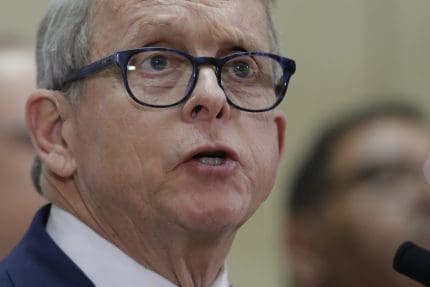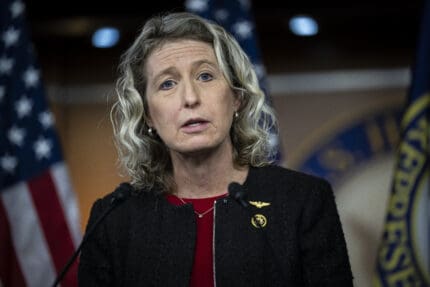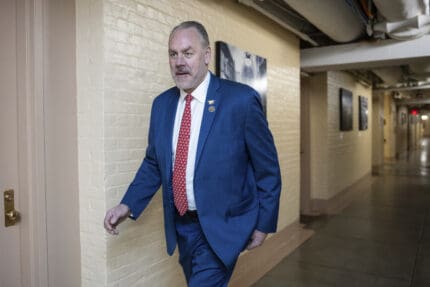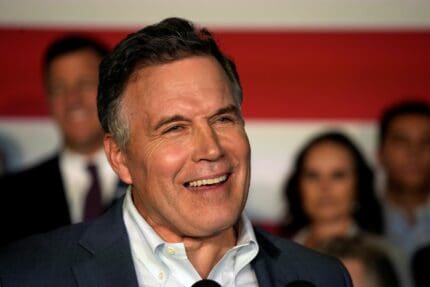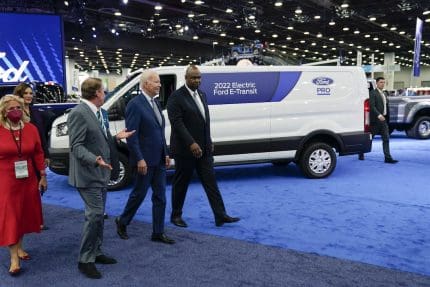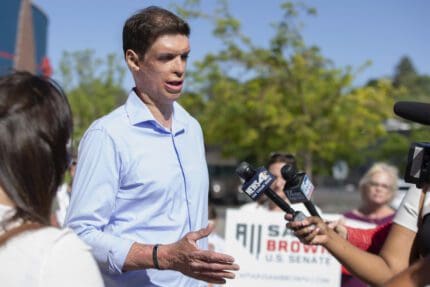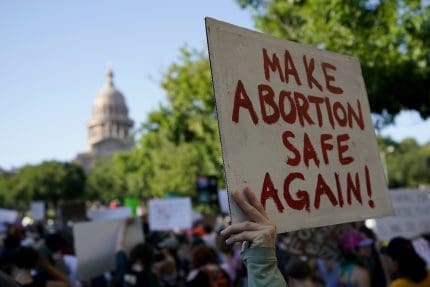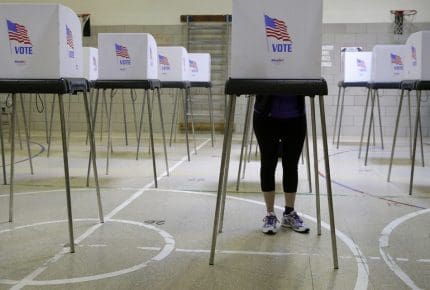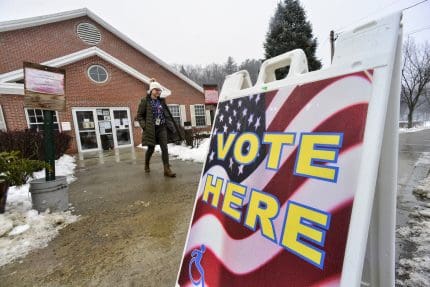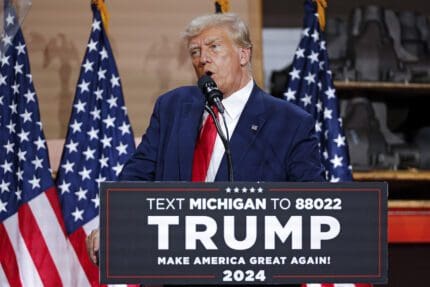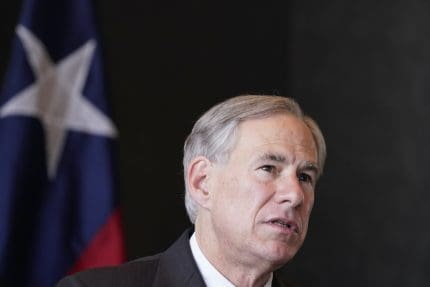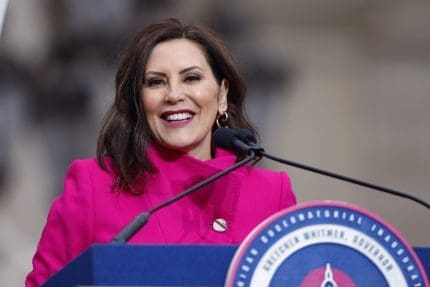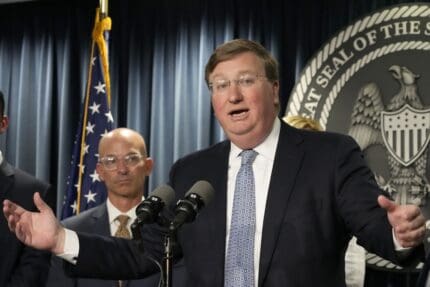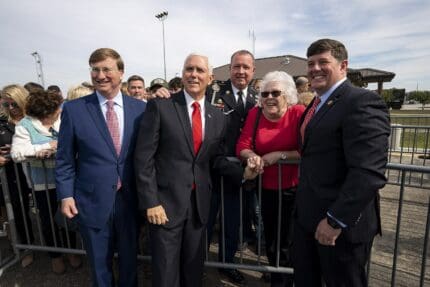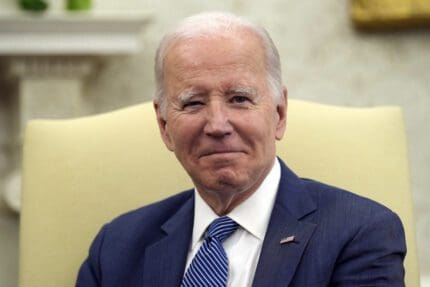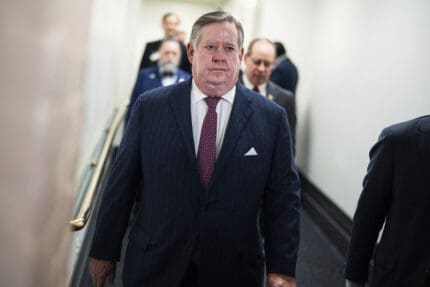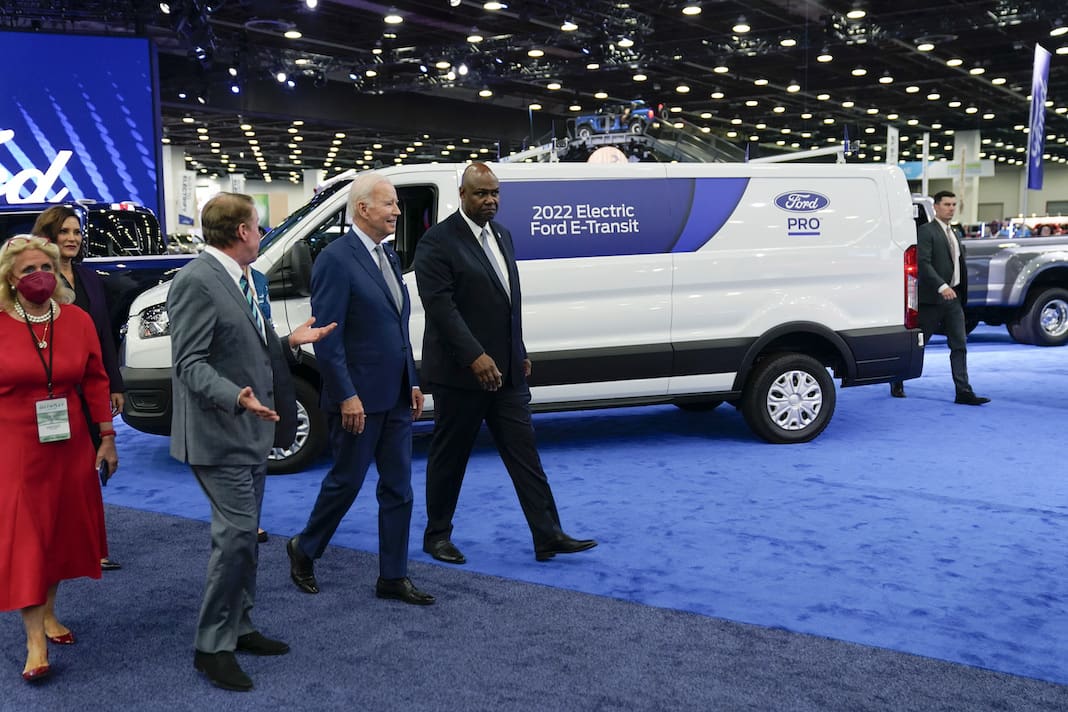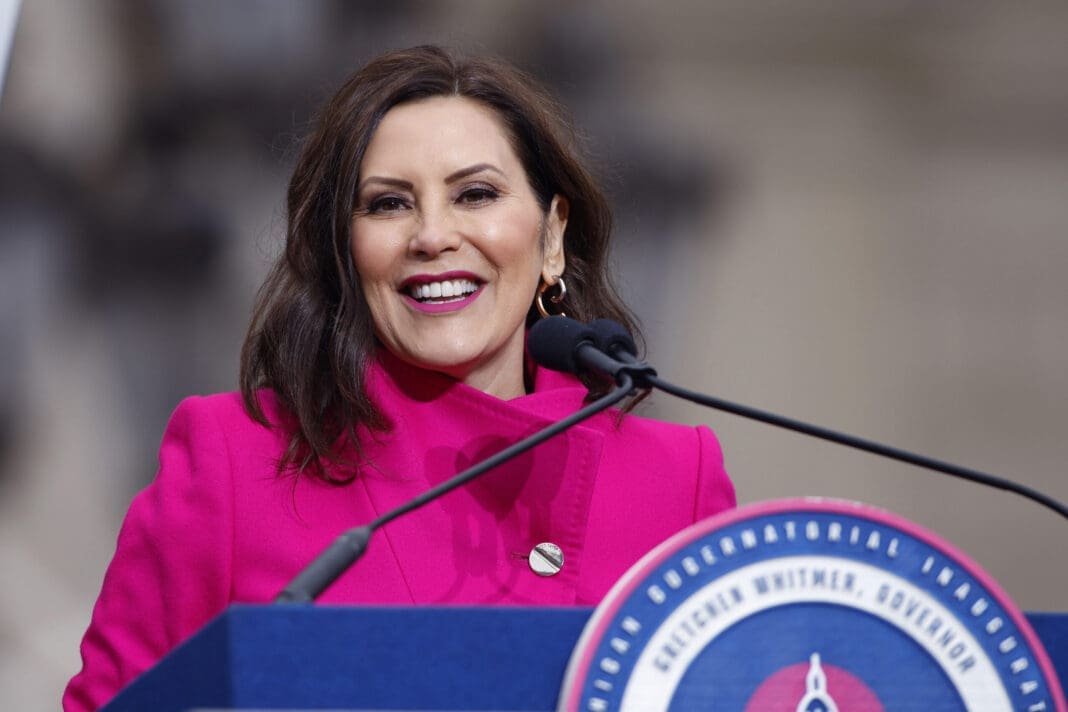Michigan autoworkers are on strike. Here’s what you need to know.
Workers are demanding better wages, better benefits, and protections in an industry shifting toward electric vehicle production.
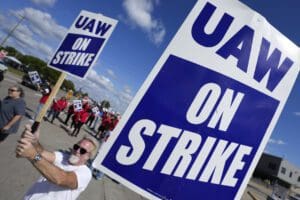
On Sept. 15, members of the United Auto Workers officially went on strike against the “Big Three” auto manufacturers — Ford, General Motors, and Stellantis — immediately following the expiration of their current contracts.
At the heart of the strike is what’s at the heart of every labor strike: better wages and working conditions for workers. But what’s unique and ambitious about this unprecedented UAW strike goes beyond the dispute over wages. As the automotive industry evolves and transitions with the push to produce more electric vehicles, UAW workers want to make sure that their jobs, wages, and benefits transition with the industry.
Here’s what you need to know about this historic strike.
What they’re fighting for
UAW represents close to 150,000 workers at these three companies. Ford and General Motors are based in Michigan, while Stellantis is based in the Netherlands but has several major manufacturing plants in Michigan.
In late August, 97% of UAW members voted to authorize a strike if the companies and the union could not reach a deal for a new contract. This marks the first time in history that autoworkers have gone on strike against the three major auto manufacturers at the same time.
The biggest component of UAW’s demands is a 36% wage increase for all its workers over the life of the four-year contract to keep up with inflation. According to the Washington Post, the CEOs of the Big Three each made more than $20 million in compensation in 2022 alone, while the average autoworker made between $18 and $32 an hour. UAW workers are also demanding a 32-hour work week for 40 hours of pay, which would essentially raise their wages by 20%.
In addition to higher wages, UAW is looking to undo a lot of the concessions it made in 2008 to help bail out the auto industry during the recession, including a reinstatement of pensions and better health care for retirees. The UAW is also trying to eliminate the two-tiered pay system wherein new workers are paid significantly less than tenured workers, essentially creating a system in which people are paid differently for the same work.
The union’s newest demand, though, is protections for its workers as the auto industry transitions to producing more electric vehicles. If an existing plant shuts down to shift its production from gas-powered vehicles to electric vehicles, there are currently no union protections to ensure workers keep their jobs. And there’s no guarantee that the new electric vehicle plants that replace old plants must hire union workers, meaning CEOs could pay workers not protected by a union contract even less than they already do.
“The electric vehicle future must be union made,” UAW President Shawn Fain co-wrote with Democratic California Rep. Ro Khanna in a recent op-ed for the Guardian. “We can have both economic and climate justice – and that starts by ensuring that the electric vehicle industry is entirely unionized and that EV jobs come with union standards.”
Why they went on strike
Amid record profits for auto manufacturers over the past decade — particularly in the past few years during the COVID-19 pandemic — autoworkers have barely seen any significant wage increases, even as inflation and the cost of living have skyrocketed.
Coupled with the concessions that the UAW made in 2008, autoworkers haven’t seen wage growth that’s consistent with the growth of the economy.
“The U.S. economy has been churning out radically unequal income growth for the last [four] decades,” Margaret Poydock, a senior policy analyst at the Economic Policy Institute, told the American Independent Foundation. “And this increased inequality largely stems from unbalanced bargaining power that’s in the labor market.”
Who’s supporting the striking UAW workers?
In a press briefing at the White House on Sept. 15, President Joe Biden voiced his support for the striking UAW workers. “Record corporate profits — which they have — should be shared by record contracts for the UAW,” Biden said. “And just as we’re building an economy of the future, we need labor agreements for the future.”
Michigan’s Democratic leaders have also come out in support. Gov. Gretchen Whitmer tweeted that she’s “proud to stand with the hardworking men and women of the UAW and remain hopeful that this strike can be resolved quickly.” The members of the state’s Democratic contingent in Congress, including Sens. Debbie Stabenow and Gary Peters, along with Reps. Elissa Slotkin, Hillary Scholten, Dan Kildee, Debbie Dingell, and Haley Stevens, all voiced their support for the striking UAW workers.
Meanwhile, the Republican response to the strike has been less than supportive, with numerous GOP leaders using the strike as an opportunity to slam electric vehicle production. Former President Donald Trump promoted himself: “The autoworkers are being sold down the river by their leadership, and their leadership should endorse Trump,” he said recently on Meet the Press. He said Biden’s push for electric vehicles was the reason that UAW workers were striking.
In response, Fain offered some harsh words for the former president. “Every fiber of our union is being poured into fighting the billionaire class and an economy that enriches people like Donald Trump at the expense of workers,” he said in a statement to CNN. “We can’t keep electing billionaires and millionaires that don’t have any understanding what it is like to live paycheck to paycheck and struggle to get by and expecting them to solve the problems of the working class.”
How the UAW strike could help other workers
With a union as big as the UAW going on strike, the outcome — especially if the strike is successful — could affect other sectors of the economy. The UAW’s demand for the same wages for a 32-hour work week that its workers were getting for a 40-hour work week could have long-term benefits for all workers. “This simple yet significant policy change has the potential to pump the [brakes] on decades of increasing income inequality and a declining labor share of income, which measures how much of our economic activity, or national income, goes to workers,” economist Kate Bahn wrote in a CNN op-ed.
Poydock noted that when unionized workers win big gains at the bargaining table, it usually has a spillover effect for all workers — even nonunion workers. “If there’s high union density in a certain industry, the nonunion employers are going to have to provide the same sort of benefits and pay in order to attract workers,” she said. “And so when we have unionized workplaces, it potentially uplifts the quality of life and pay and benefits for workers that are not in that unionized workplace.”
Published with permission of The American Independent Foundation.
Recommended

U.S. House Speaker Johnson says IVF should be protected — just not by Congress
U.S. House Speaker Mike Johnson said Thursday that it’s up to states and not Congress to preserve access to in vitro fertilization, weighing in on a growing national debate and campaign issue.
By Jennifer Shutt, States Newsroom - March 14, 2024
Biden calls for expanded child tax credit, taxes on wealthy in $7.2 trillion budget plan
President Joe Biden released his budget request for the upcoming fiscal year Monday, calling on Congress to stick to the spending agreement brokered last year and to revamp tax laws so that the “wealthy pay their fair share.”
By Jennifer Shutt, States Newsroom - March 11, 2024
Telehealth abortions on the rise since Dobbs, new report shows
Researchers studying national abortion trends found that in the 15 months since Roe v. Wade fell, abortion rates remained elevated despite more limited access throughout the U.S., according to the Society of Family Planning’s latest #WeCount report published Wednesday.
By Sofia Resnick, States Newsroom - February 28, 2024












